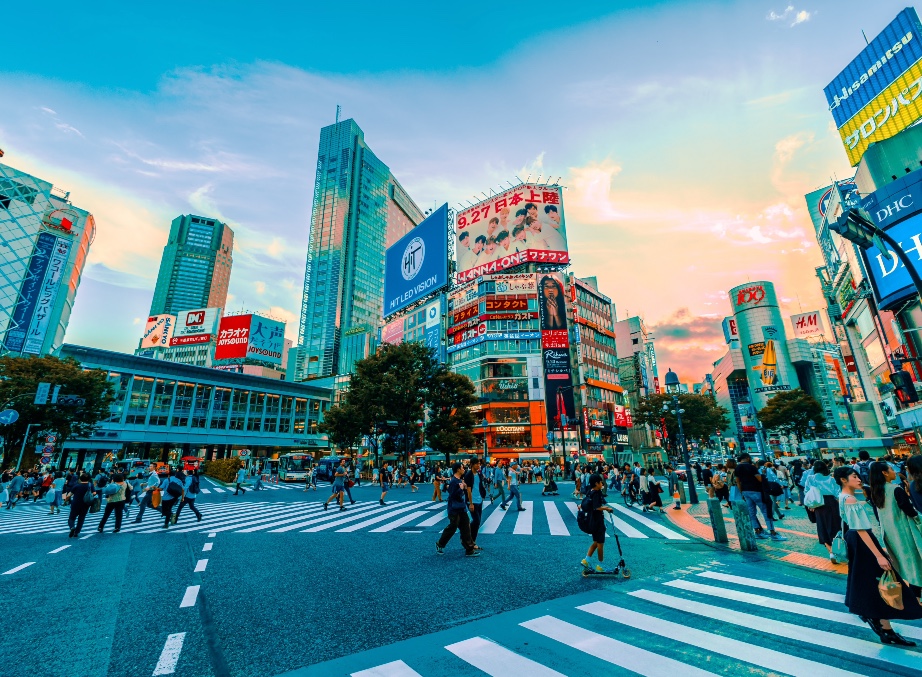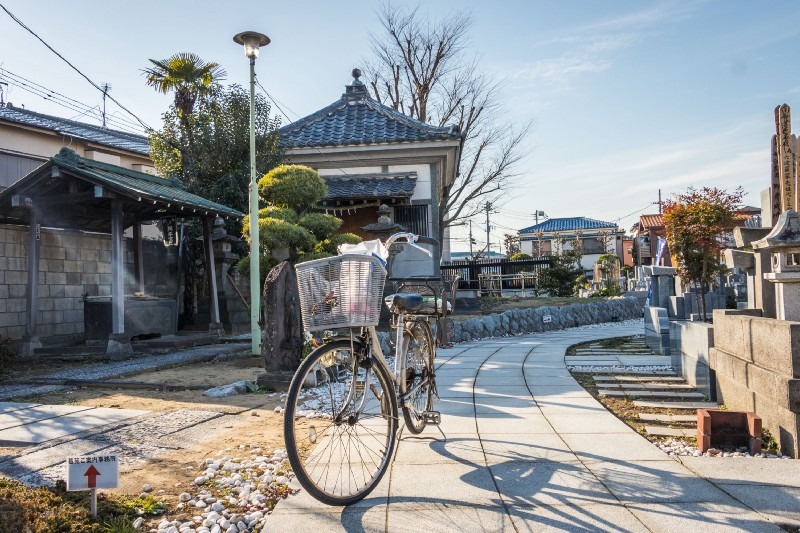
by carterjmrn | Dec 9, 2022 | Carter Group Viewpoints, Green Consumer, Japan Sentiment Tracker, Japan Values Segmentation
Japanese are not as unengaged on the topic of sustainability as you might think Over the past 10 to 15 years, Japanese marketers have wholeheartedly embraced the symbology of sustainability. Notions of ‘green’ and ‘eco’ and ‘human’ have proliferated in aesthetic...

by carterjmrn | Aug 23, 2022 | Changing World of Work, Covid-19 Related Articles, Green Consumer, Japan Mega Trends, Japan Sentiment Tracker, Women Power
The United Nations’ Sustainable Development Goals (SDGs) are a set of 17 goals and 169 targets that countries are encouraged to use as a guide for sustainable development. All United Nations Member States adopted the goals in 2015, and each country is responsible for...

by carterjmrn | Jul 29, 2021 | Ageing and Generations, Carter Group Viewpoints, Changing World of Work, Green Consumer, Internationalization, Japan Mega Trends, Japan Sentiment Tracker, Women Power
On many levels, Japan appears to ignore key elements of what westerners consider to comprise social modernity. One classic example is the profound lack of progress women have made in gaining meaningful roles in management. In this area, to name only one, Japan seems...

by carterjmrn | May 21, 2020 | Carter Group Viewpoints, Green Consumer
At CarterJMRN we’ve heard many times over the years that Japanese people do not seem to care about climate change or, for that matter, environmental issues in general. This makes it hard for people whose job is to...

by carterjmrn | Jul 25, 2019 | Carter Group Viewpoints, Green Consumer
While the green branding and sustainable product market in Japan may trail that of other developed countries, you can’t say that it hasn’t made a splash. Starting as early as 2007, JMRN noticed that there was a strengthening demand for authenticity as many Japanese...

by carterjmrn | Jul 7, 2011 | Green Consumer
In the autumn of last year I reflected upon the extraordinary summer heat we had experienced, and the effect of seasonality upon near-term marketing success — or failure. If you recall, last year convenience stores fared well thanks to brisk sales of chilled foods and...






